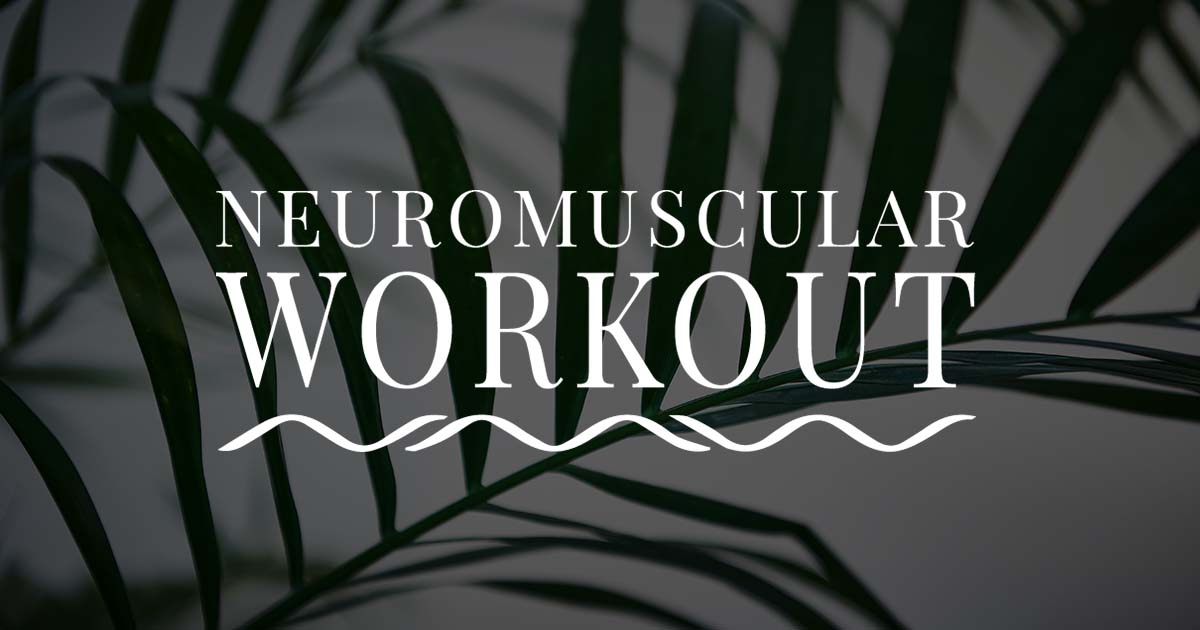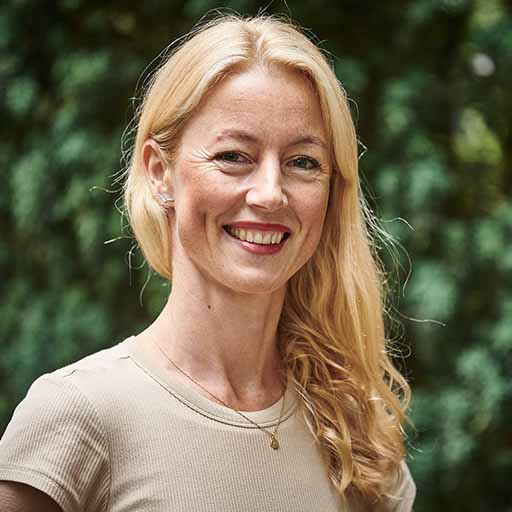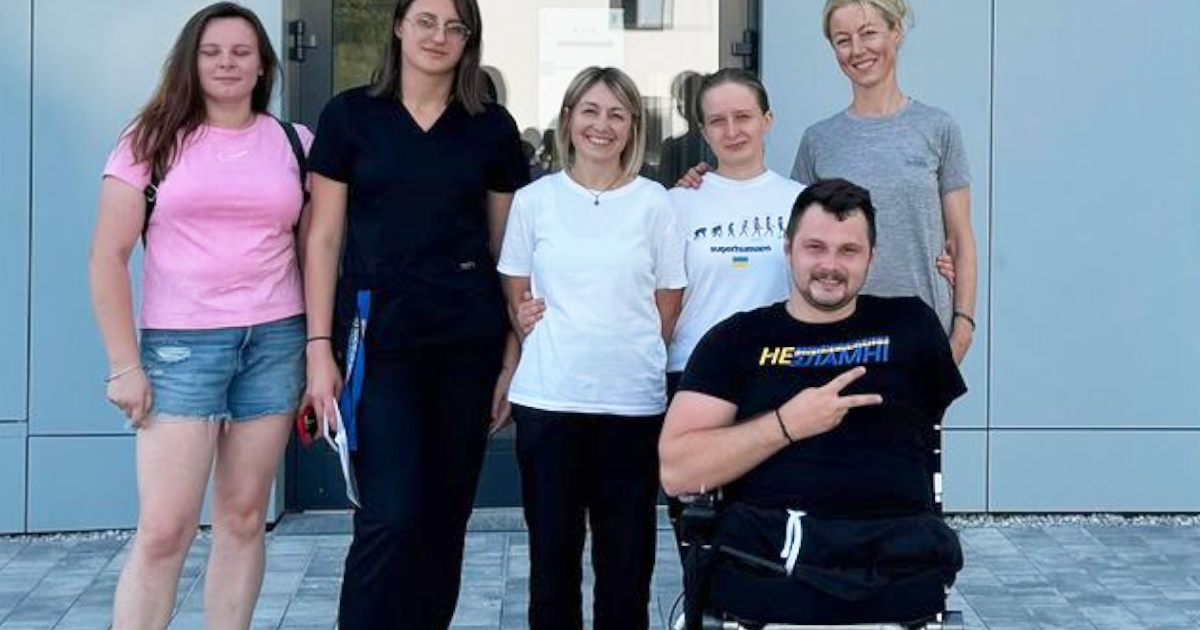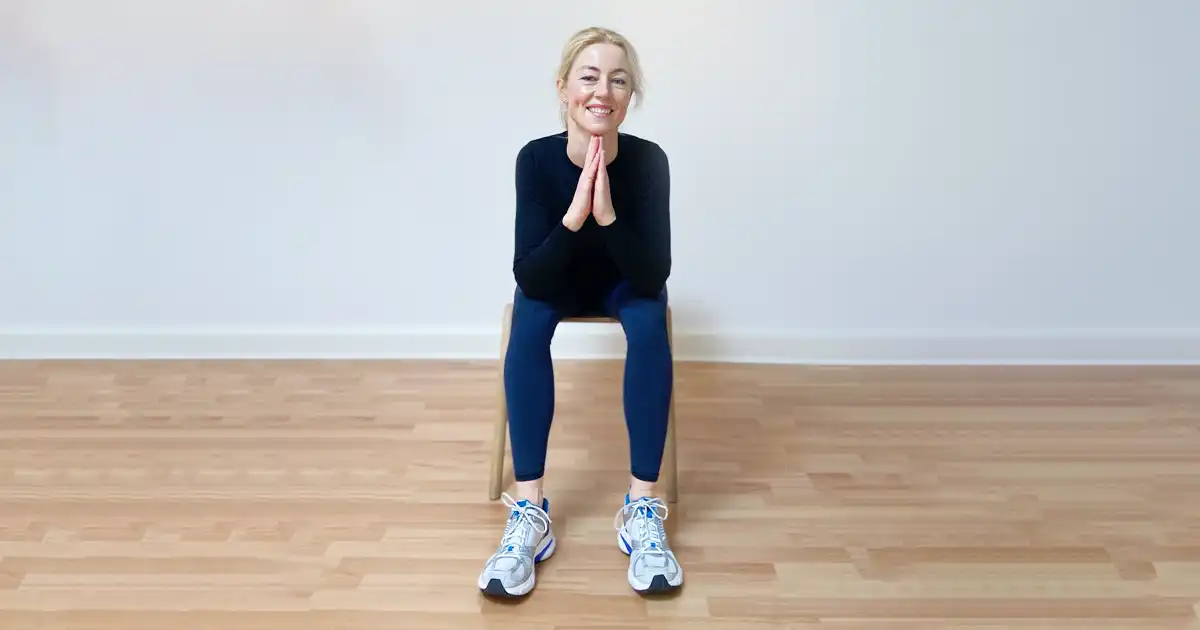After 4 years of working with a group of Danish soldiers who had returned with multi-complex war wounds from Afghanistan, I looked up and out at the world with different eyes.
I had learned that the most important goal when you have been severely injured is to regain as much freedom of movement as you possibly can.
For most people that translates into running, and running translates into the individual capacity you might have for running again. Meaning that running in a conventional manner might not happen but it can certainly happen in another form.
‘I Will Run’ appeared in my mind after observing these soldiers’ determination to strive forward with their bodies and minds.
The way I trained the soldiers became to organize itself around the goal of running. Every exercise aimed for bigger and better freedom of movement and ‘I Will Run’ had the proper imperative.
Today I work with a large number of different people with a broad range of injuries and varied physical levels, and I am often asked: “What is your method called?”
People naturally want to tell other people that they have started a new form of rehabilitating workout which is combining Pilates, mobility training, strength and cardiovascular training – but what is it called as a unifying description?
“I attend ‘I Will Run’-classes” or “I do ‘I Will Run’” has no music to it and is not descriptive for the form.
After playing with words during the corona pandemic, I finally found the words to describe exactly how I work: Neuromuscular Workout.

Neuro = nerves and brain. How we regain control of every movement, coordination and strength both mentally and physically.
Muscular = the soft tissue of the body. The parts we can affect by working out. How we become stronger, more edurant and become less prone to injuries, pain and fatigue.
It is the combination of the two that describes how a work, how I design and choose exercises and programs.





